Theta waves refer to brain waves of low frequency that are associated with relaxation, intuition and creative thinking. They are manifested when the mind is slowing down; most of the time it can be seen when one is meditating, daydreaming, or when one is waking up or falling asleep. Due to their restorative quality, theta waves are significant in emotion balance and mental well-being.
What Are Theta Waves
Theta waves generally fall between 4 and 8 Hz. This state is linked with internal focus, less mental clatter, and more contemplative and pensive thinking. Once your brain is in theta, it becomes simpler to deal with emotions, resolve internal stress and get to a deeper level of insight.
You must read this case study - Minds hidden potential with neuroVIZR
Benefits of Theta Waves
1. Enhanced Creativity
Theta activity promotes nonlinear thinking and free flowing ideas. This assist in artistic work, strategic thinking and problem solving that involve imagination as opposed to logical thinking.
2. Emotional Reset
Theta waves facilitate the natural process of rest of the brain. They aid in calming the stress reaction and creating room to vent emotions and that is why practices of relaxation are mentally rejuvenating.
3. Improved Memory Processing
It has been indicated that theta rhythms facilitate the storage and organization of new information in the brain. This helps the long term memory and maintains the mind in a balanced position.
4. Deeper Relaxation
The theta state is the one between the complete wake and light sleep. It relaxes the body, and leads the mind into a slow and meditated position.
5. Stronger Mindful Awareness
Theta wave state promotes consciousness of the interior and makes you watch thoughts without responding, aiding a more realistic daily attitude.
Theta Waves and the Greater Rhythm of the Brain.
Every brain wave state has its role to play. When conducting focused work or thinking analytically, the brain switches to beta activity. When individuals want to find out more about concentration and mental sharpness, many look into beta brain waves benefits. Realizing the difference between beta and theta is what helps to become more aware of when your mind requires a rest or requires activity.
The role of Neurotechnology in Theta States.
Structured light and sound patterns can be applied in modern neurotechnology to stimulate certain brain rhythm such as steady theta activity. This assists the mind in moving into a more peaceful mind more regularly even on hectic schedules.
The relationship between neuroVIZR and Theta Waves.
 The principle of neuroVIZR is to direct the brain with the help of the stimulating light and pattern. These visual cues are combined with the inherent capacity of the brain to match with rhythmic stimuli. The patterns designed with slower and restorative frequencies put the brain into states that are close to those found in relaxed theta activity.
The principle of neuroVIZR is to direct the brain with the help of the stimulating light and pattern. These visual cues are combined with the inherent capacity of the brain to match with rhythmic stimuli. The patterns designed with slower and restorative frequencies put the brain into states that are close to those found in relaxed theta activity.
Practically, the sequences assist in eliminating the mental noise, silencing the stress reaction and establishing the inner environment, in which creativity and emotional clarity may emerge. It is not imposing a state of the brain - it is providing the nervous system with a comfortable beat to relax to, much like a beat can soothingly get the body to relax.
Conclusion
Theta waves indicate the natural process of the brain going deeper into rest, creativity and emotional relaxation. When a regular rhythm is provided to the nervous system it is easier to reach these softer, restful states. neuroVIZR facilitates this by layered audio-visual patterns which assist the mind to stop being on its toes. This leaves the interior environment smoother, softer and regulation and recovery become more natural.
FAQs
What are theta waves good for?
Theta waves support deep relaxation, emotional processing, creative thinking, and smoother transitions out of stress. They help the brain access a calmer, more open state.
How did theta waves change my life?
Many people report clearer emotional awareness, reduced overthinking, better stress recovery, and improved creativity when they regularly access theta-like states. The shift often feels like more mental space and inner quiet.
How long should you listen to theta waves?
Most people benefit from 10–20 minutes, enough time for the nervous system to settle and sync with the slower rhythm. Short sessions can still help, and longer sessions are usually safe when comfortable.
Is it safe to listen to theta waves?
For most people, yes. Theta-based sessions are gentle and calming, though anyone with photosensitivity, neurological conditions, or medical concerns should check with a professional first.
Content References
-
ScienceDirect (Theta Wave Mechanisms)
-
National Institute of Neuroscience (Brain Activity Patterns)
-
Journal of Cognitive Neuroscience (Memory and Theta Rhythms)
-
Frontiers in Human Neuroscience (Creativity and Neural Oscillations)
-
Sleep Research Society (Theta Activity in Rest and Early Sleep)
Disclaimer
The information in this article is for educational and general wellness purposes only. It is not intended to diagnose, treat, cure, or prevent any medical condition. Insights are based on current neuroscience and psychology literature but should not be considered medical advice. If you have concerns about your mental or physical health, please consult a qualified healthcare professional.



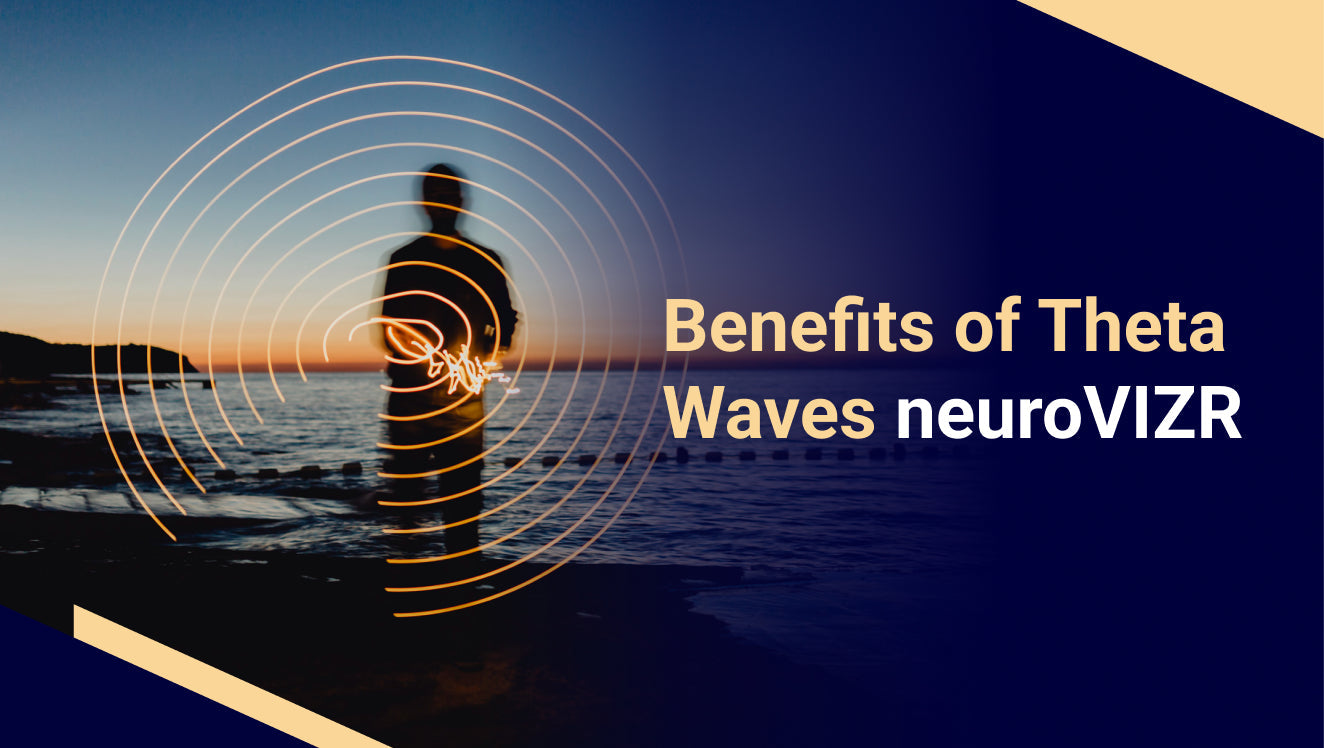






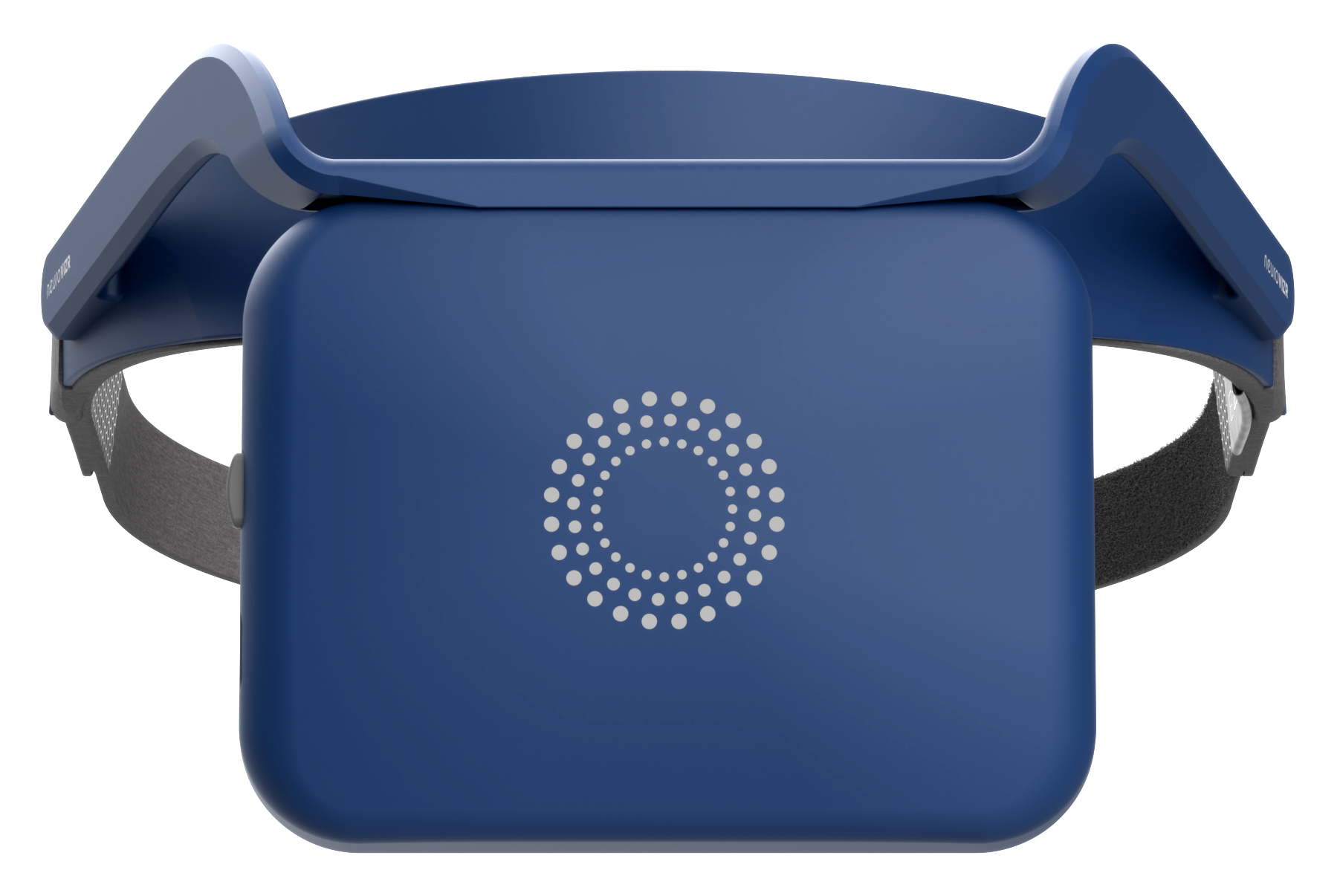


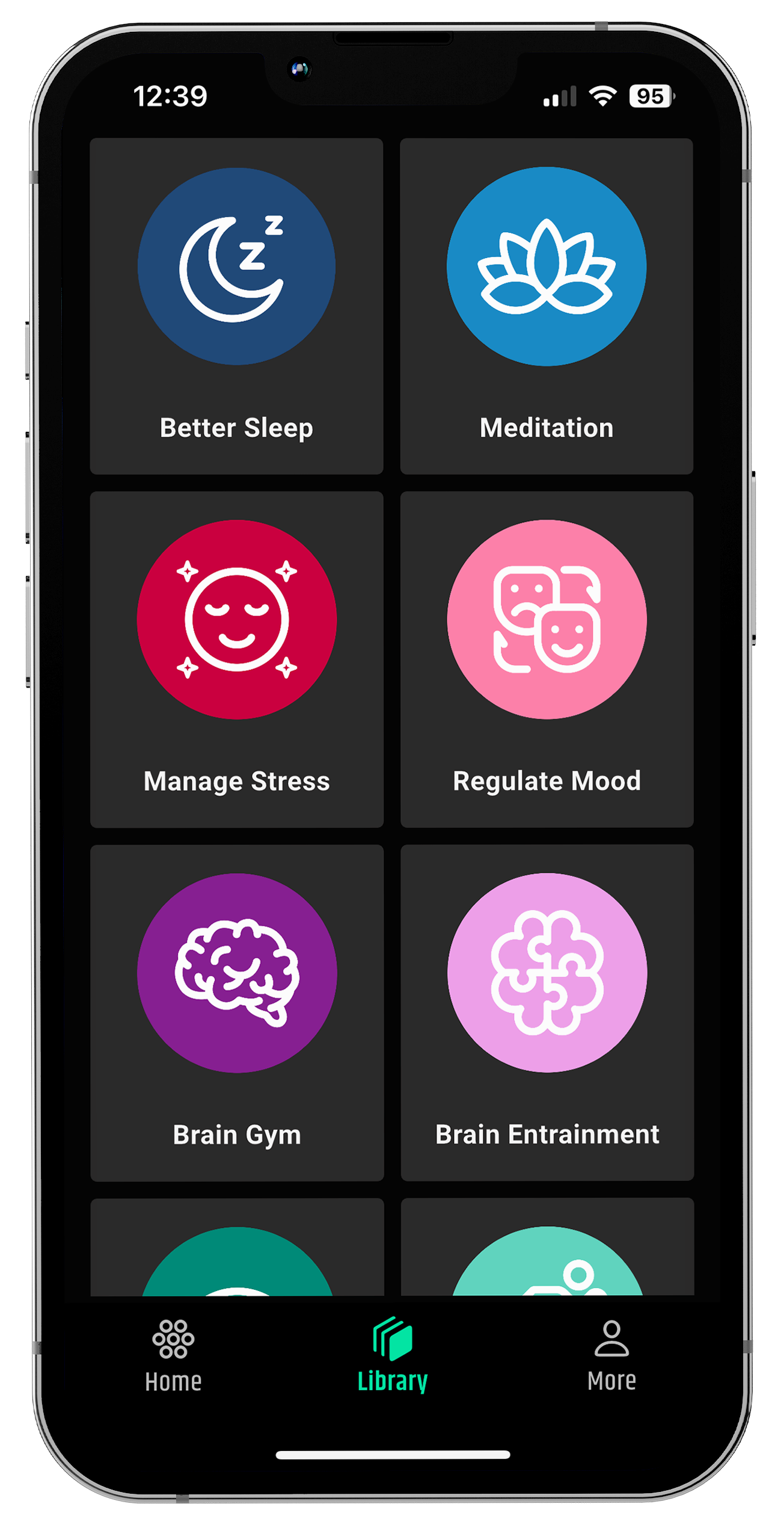
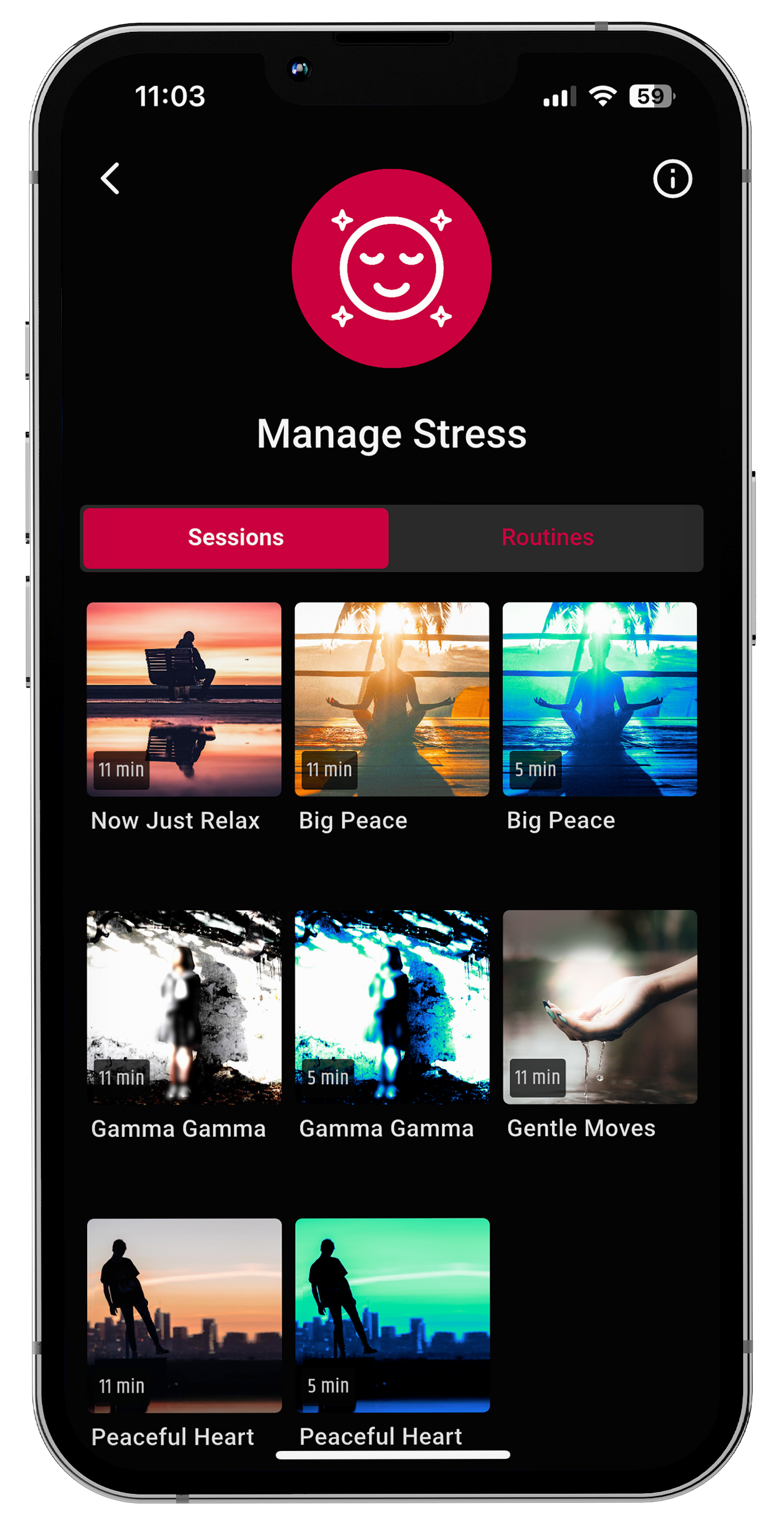
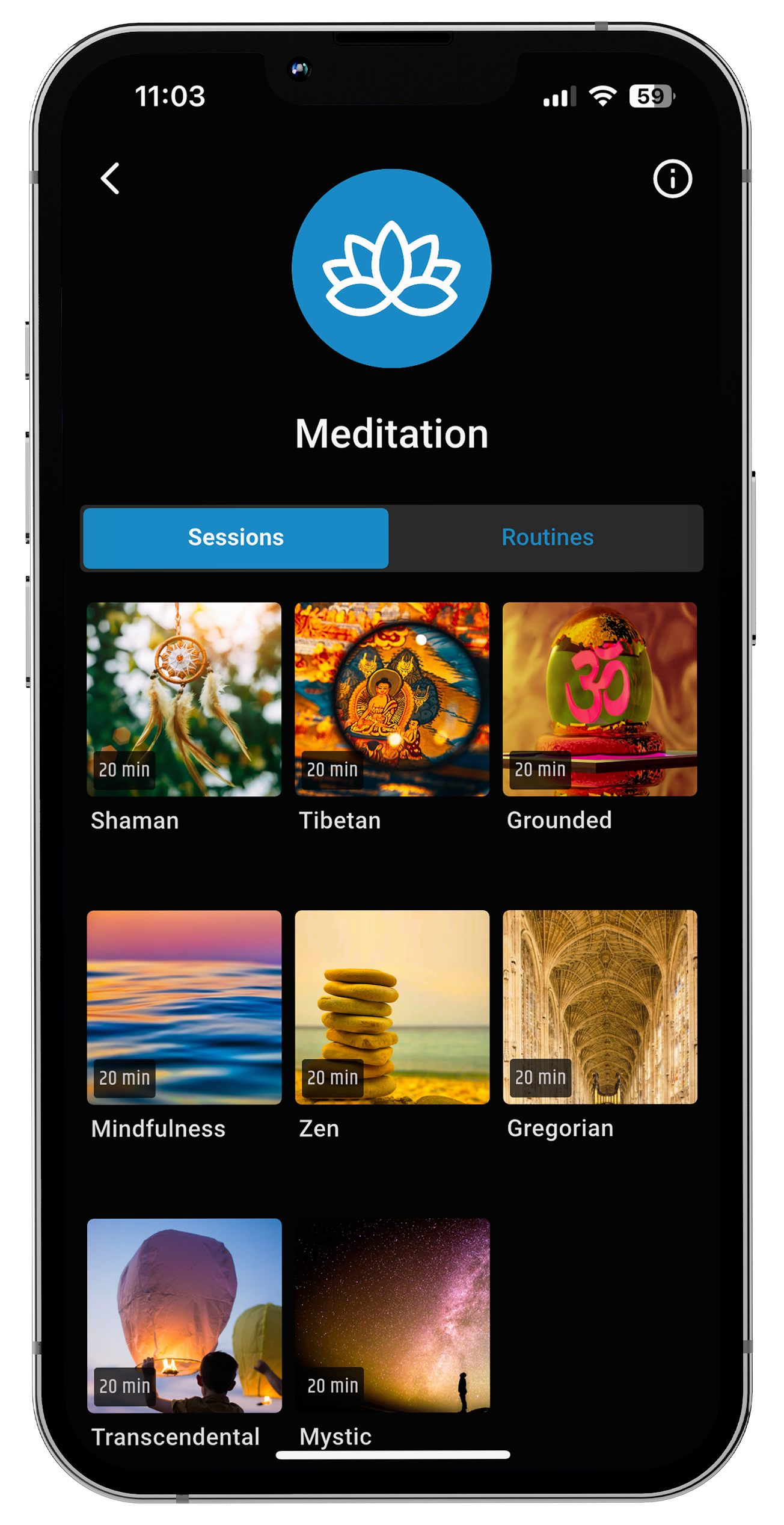
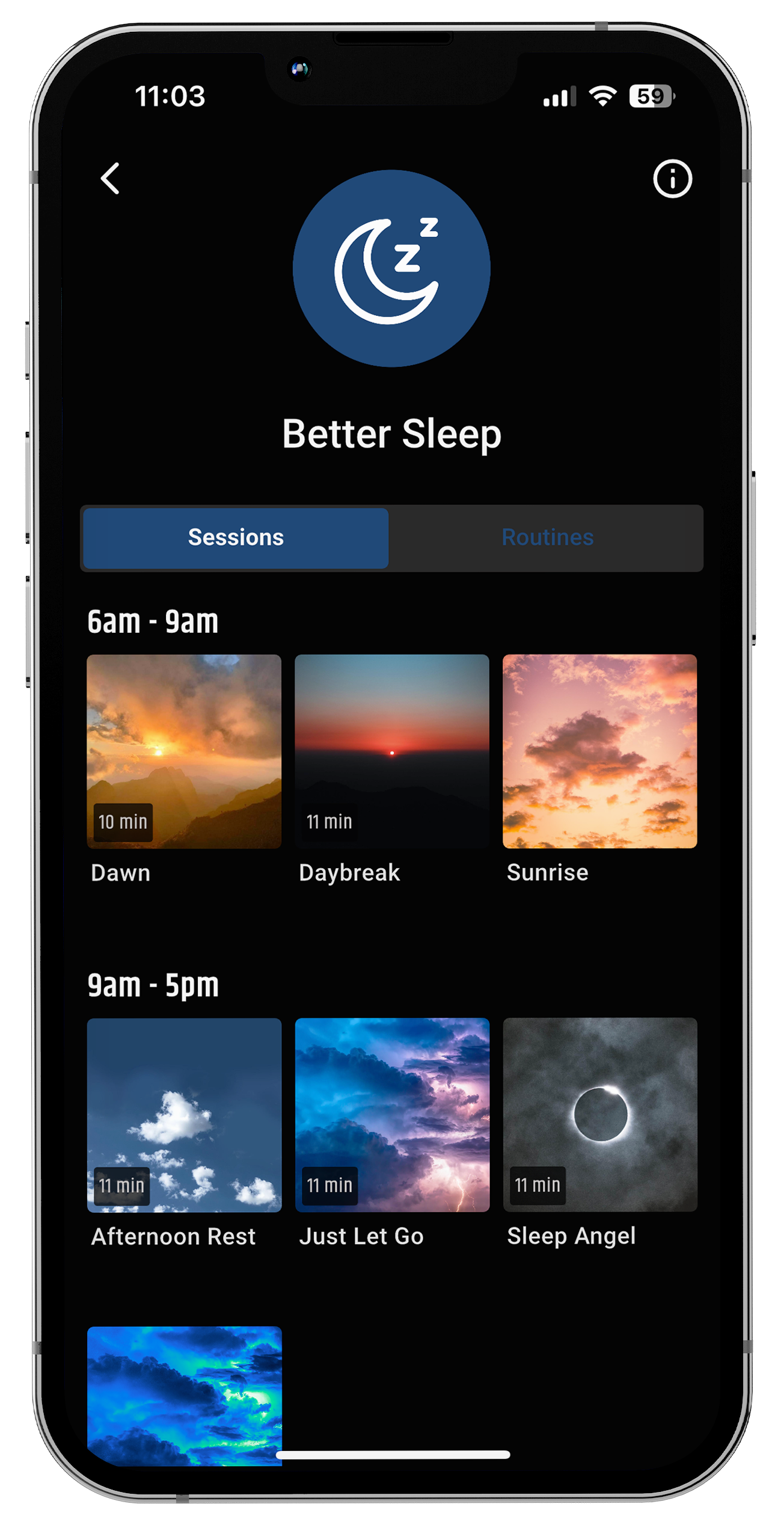
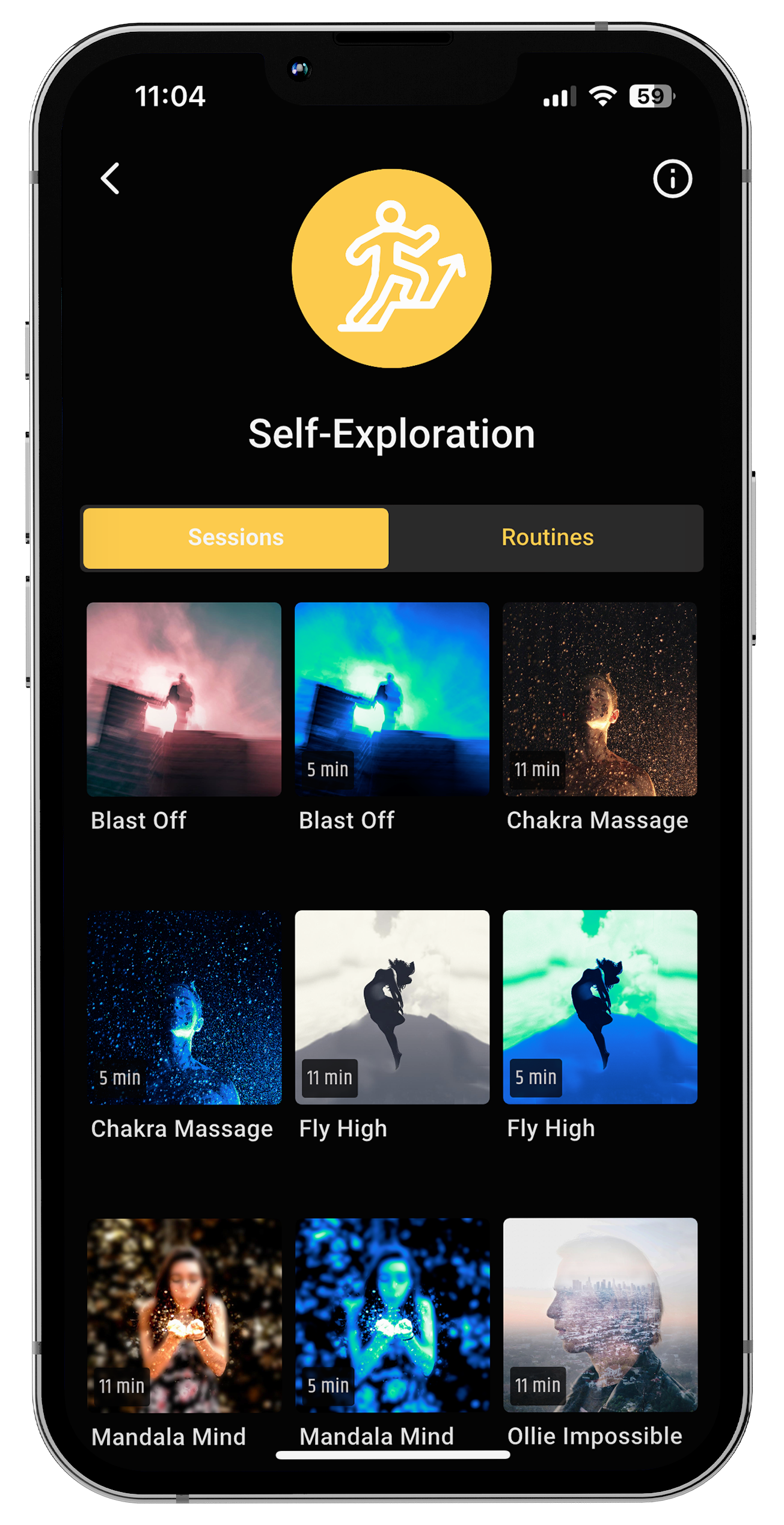








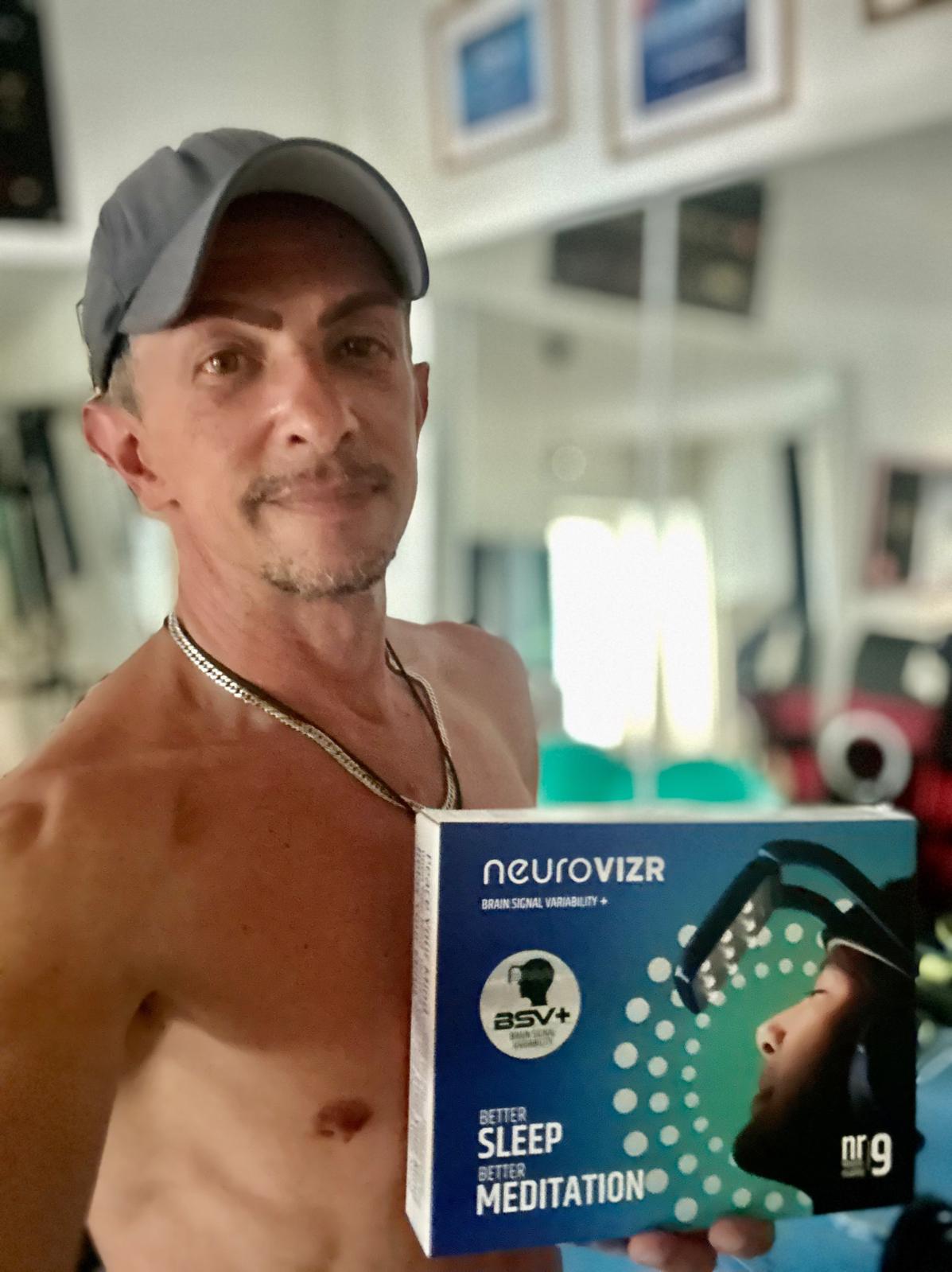
Partager:
Beta Brain Waves: The Science of Focus, Flow, and Mental Clarity
Brainwave Entrainment Technology Guide - neuroVIZR